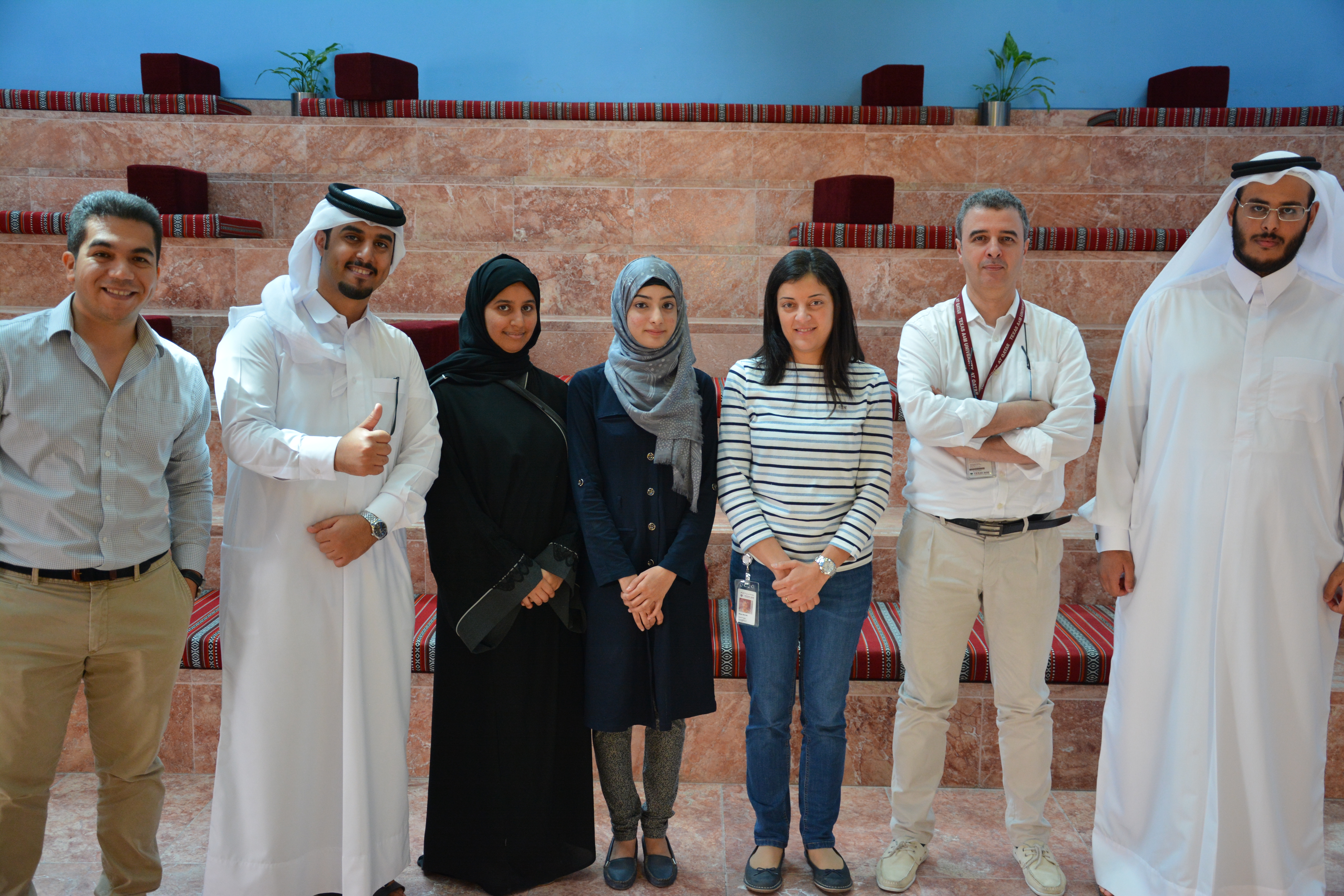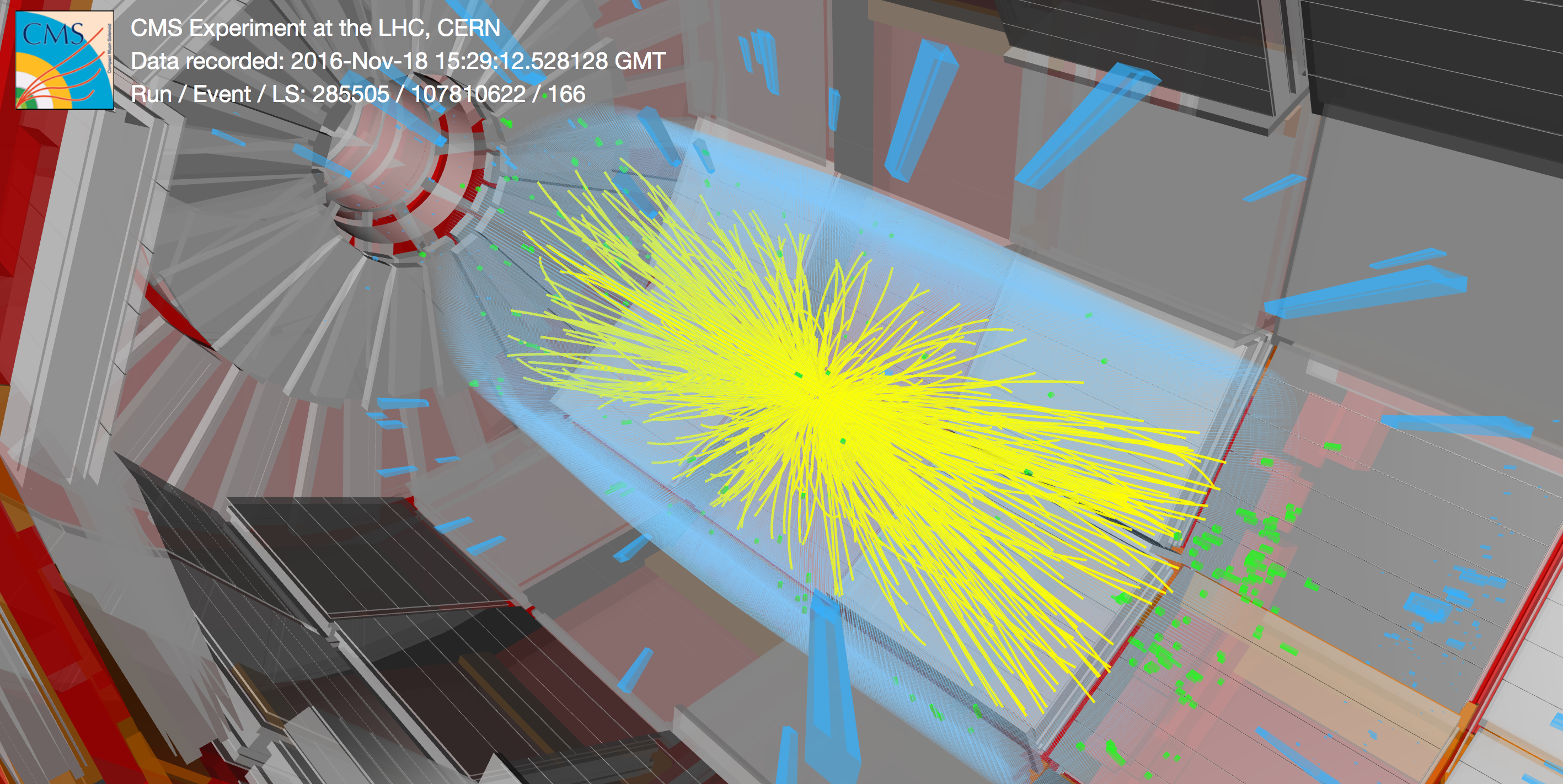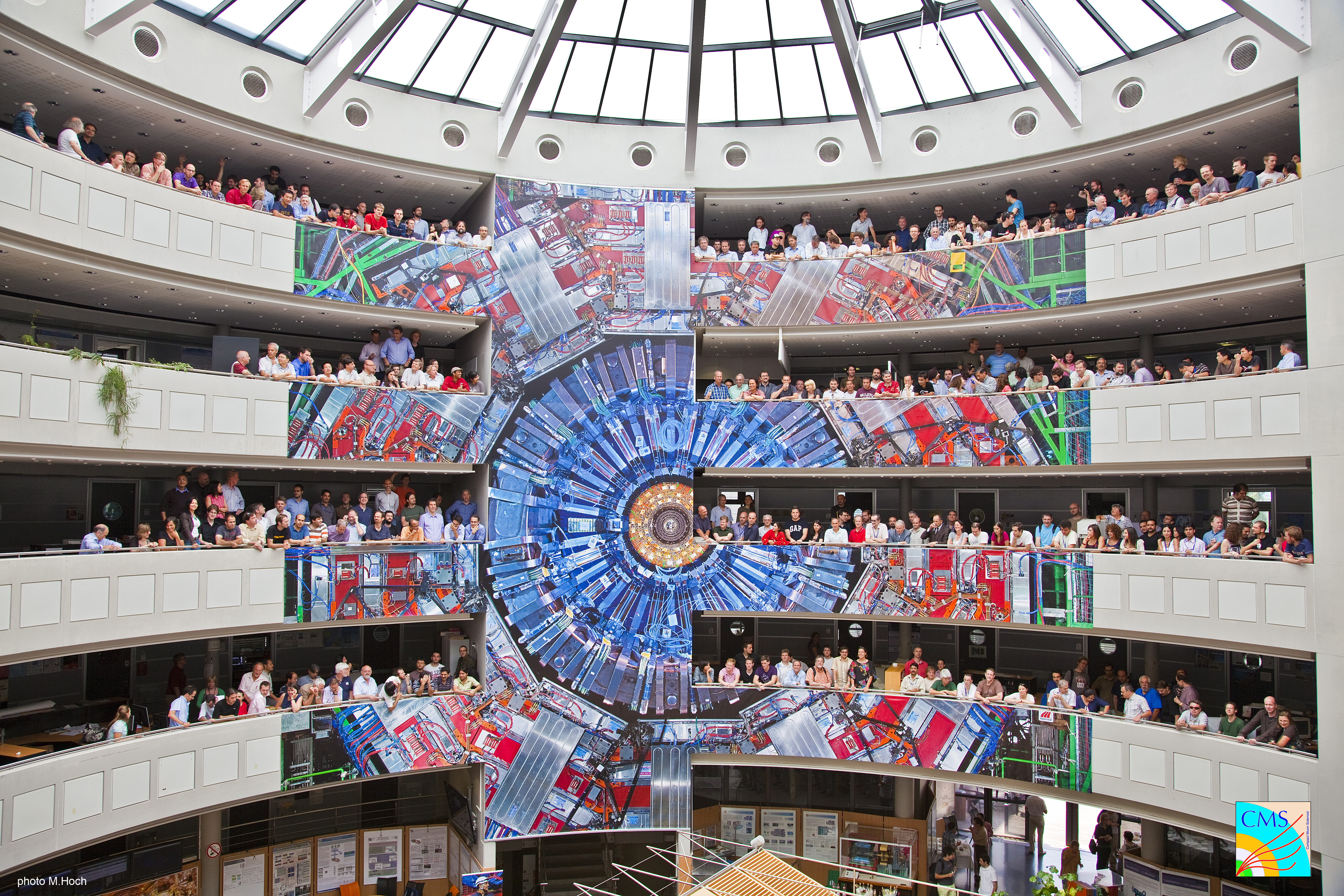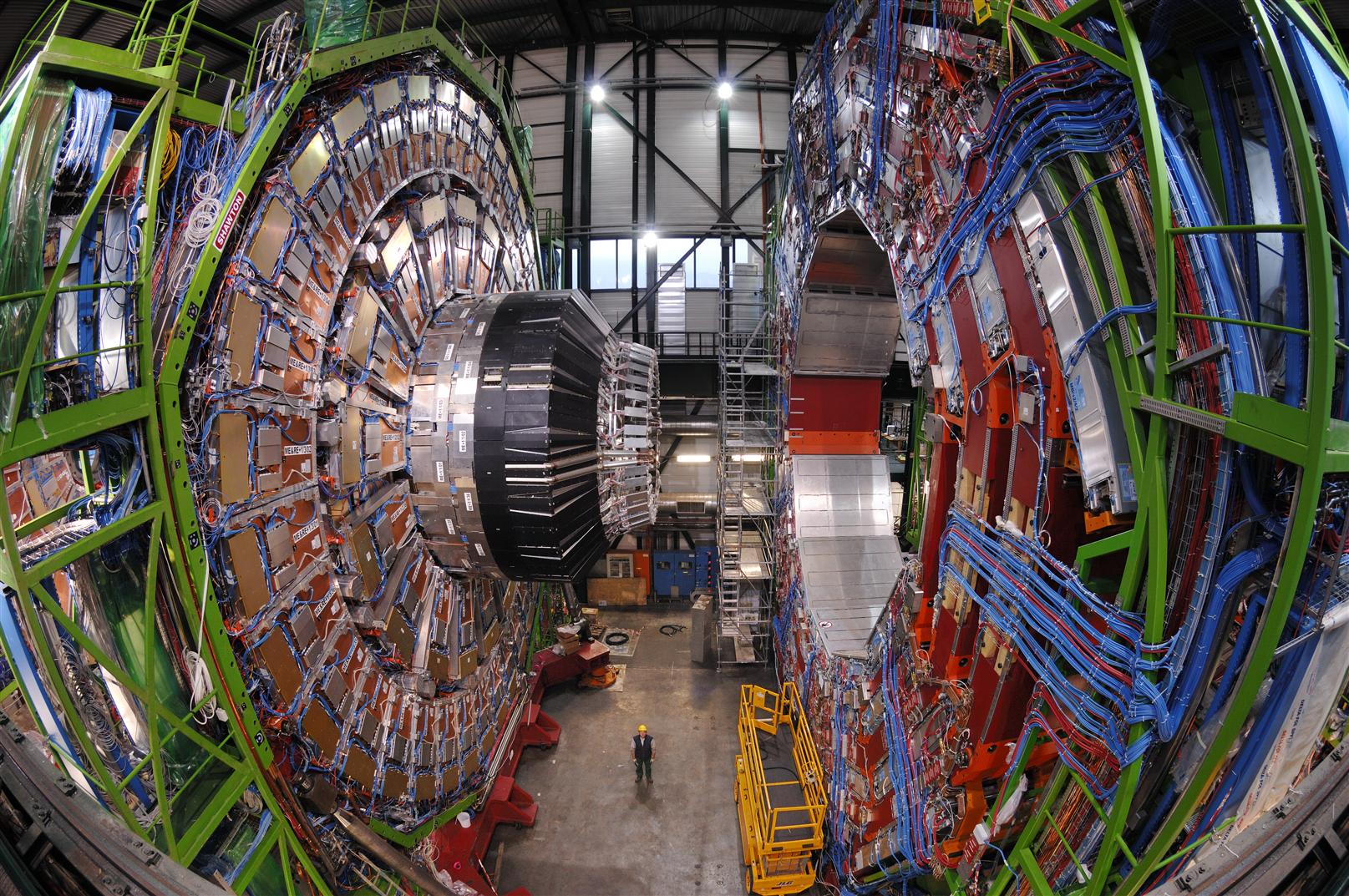Welcome to the High Energy and Medical Physics research group at Texas A&M University at Qatar!
The group aims at becoming a leading group in high energy and medical physics through research and academic activities that address national priorities by enabling broader scientific discoveries, enhancing capacity building and contributing to local economic growth.
The group engages in three main areas: i) high energy and medical physics research ii) capacity building and iii) technology transfer.
In practice, we are involved in several research activities in the fields of experimental high energy and medical physics.
High Energy Physics:
We participate in the Compact Muon Solenoid (CMS) experiment at the Large Hadron Collider (LHC) at the European Organization for Nuclear and Particle Physics (CERN). Our activities include:
- The development of charged particle detectors for the future upgrade of the CMS muon system.
- Background studies and operation of the CMS muon detector system.
- Optimization of simulation software.
- The analysis of physics data collected by CMS.
The group is also involved in the phenomenology of physics beyond the standard model. These phenomenological studies are motivated by the very promising research program of the LHC.
Medical Physics:
We partner with local and international groups to tackle the following topics:
- Validation and simulation of Positron Emission Tomography (PET) scanners.
- R&D on a new type of PET scanners including total body PET
- Large-scale simulation of Radiation Therapy (RT) machines and processes.
- Image reconstruction (MRI and CT).






